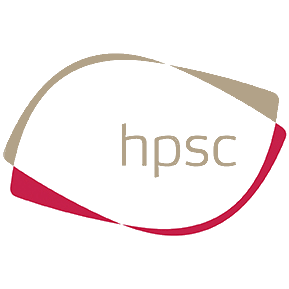Eurosurveillance awarded first impact factor of 6.15
Eurosurveillance, a European peer-reviewed scientific journal devoted to the epidemiology, surveillance, prevention and control of communicable diseases, was awarded its first impact factor, an exciting 6.15 for 2011 [1]. This places it at rank 6 among the 70 journals in the category Infectious Diseases. HPSC would like to take this opportunity to congratulate Eurosurveillance on their impressive first impact factor ranking.
The figure of 6.15 gives Eurosurveillance a firm basis that it can build on in the future. The editorial team reports that it will keep on striving to provide timely information that supports infectious disease prevention and control in order to influence the public health agenda and stimulate scientific debate.
Journal impact factors are published every year by Thomson Reuters in the Journal Citation Report. The figure is widely considered as an indicator of the scientific impact of a journal, and publishing in journals with a high impact factor is a requirement for an academic career in many institutions.
The 'impact factor' measurement has developed over time since it was first described in a 1955 article in Science [2]. The impact factor for 2011 is based on two elements:
- the numerator, which is the number of 2011 citations in indexed journals to items published in 2009 and 2010;
- the denominator, which is the number of citable articles published in 2009 and 2010.
A factor of 6.15 means that the papers published in Eurosurveillance in 2009 and 2010 were cited on average six times in 2011. These included articles from Ireland on a range of subjects including Pandemic H1N1, campylobacter and GP out of hours syndromic surveillance data.
Eurosurveillance has been published since March 2007 by the European Centre for Disease Prevention and Control (ECDC) in Stockholm, Sweden. The publisher grants editorial independence to the editorial team [3] who is supported by a board of 18 associate editors and currently 37 editorial advisors including Dr Lelia Thornton, Health Protection Surveillance Centre, Ireland. The entire content is open access and free of charge for both readers and authors. All articles are indexed in the PubMed/MEDLINE, Scopus, Embase and EBSCO databases. Approximately 11,700 active subscribers receive the weekly table of contents via email. In 2011, 95 peer-reviewed rapid communications and 94 peer-reviewed regular articles were published in Eurosurveillance, by authors from some 40 countries.
References
1. Steffens I. Our first impact factor. Euro Surveill. 2012;17(27):pii=20214. Available from: http://www.eurosurveillance.org/ViewArticle.aspx?ArticleId=20214
2. Garfield E. Citation indexes for science; a new dimension in documentation through association of ideas. Science. 1955;122(3159):108-11.
3. Sprenger M. Visions for the next five years: ECDC as a sustainable and service-oriented organisation. Euro Surveill. 2010;15(19):pii=19564. Available from: http://www.eurosurveillance.org/ViewArticle.aspx?ArticleId=19564


